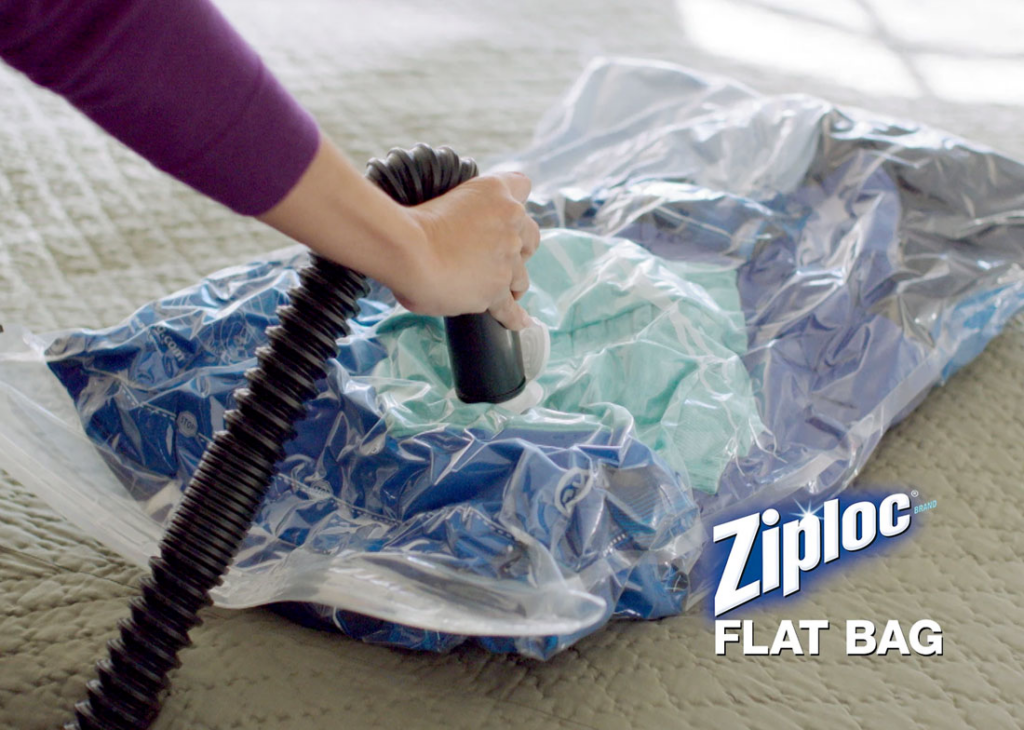
Grow Your Brand with Direct Response


























Direct Response Marketing
Your challenges inspire our solutions. We work to amplify your brand with a responsive media machine for the new era of marketing.
“I love working with Envision!
From creative integrity to planning and communication, they bring their significant expertise to bear on every project with amazing results. I value their input and rely on them to enhance our vision for a [DRTV spot], as well as execute to the highest quality. It’s a real partnership.
The team at Envision is very easy to work with. Pleasant and personable, but always focused and responsive to our needs. They understand the details that are so unique to effective direct response as well as all the requirements for a successful shoot, edit and final cut … not to mention a good lunch.”
From creative integrity to planning and communication, they bring their significant expertise to bear on every project with amazing results. I value their input and rely on them to enhance our vision for a [DRTV spot], as well as execute to the highest quality. It’s a real partnership.
The team at Envision is very easy to work with. Pleasant and personable, but always focused and responsive to our needs. They understand the details that are so unique to effective direct response as well as all the requirements for a successful shoot, edit and final cut … not to mention a good lunch.”
Sean ClarkChief Creative Officer, DMW
"We have worked with many agencies over the years and I can't say enough good things about Envision - They are creative, knowledgeable, professional, accessible and extremely personable. You are never in the dark when you are working with the team over at Envision - they are there when you have questions or concerns and are constantly communicating. Keep up the good work!!!"
Eric NelsonPresident, Memory Sciences
"Sean and Envision are fantastic. It is rare these days when an owner is so involved in the process from beginning to end. This is the way I run my company and knowing Sean is engaged gives me comfort and the confidence to send my clients to them. Envision knows the DR business!"
Stacy DurandPresident, Media Design Group
Previous
Next



